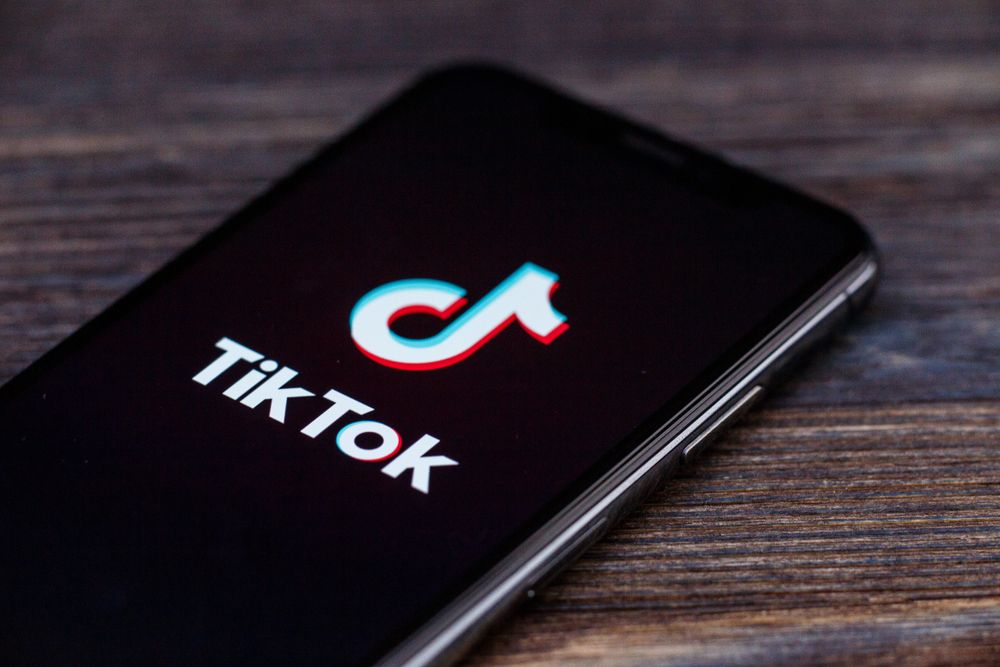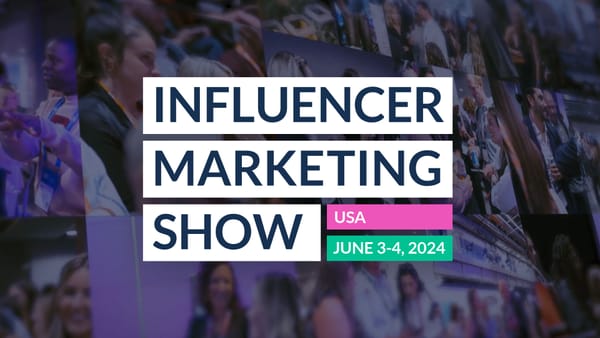For any brand with or considering a marketing budget on TikTok, staying away from potentially problematic content is vital for not seeing those dollars wasted. The platform is aware of that, which is why they launched the latest guidelines to promote safety, security, and well-being, and businesses that follow the guidelines will have the best possible chance of being recommended in users’ For You feed.
The original Community Guidelines already cover topics such as minor safety, hate speech, and harmful acts. However, the new additions have updated the platform’s firm stance on protecting young people and minorities on the internet.
The latest update comes in response to growing concerns over unofficial challenges such as the Black-out Challenge and Slap a Teacher trend that made headlines in 2021. The revamp aims to protect both users and brands from harmful content, with the newly launched Brand Safety Center designed to be a resource for brands on the platform.
How, then, can brands make sure they are following the new updates?
Think age-appropriate
TikTok is testing age-appropriate content ratings, similar to film age ratings. Users will be able to select ‘comfort zones’ for the level of maturity in their content. The minimum age required to use TikTok is 13, but this doesn’t stop younger users from being exposed, so caution is still advised.
While TikTok might have started as a Gen Z platform, it’s a myth now that most users are just teenagers. Statistics for the US as of September 2021 demonstrate a relatively equal spread in age ranges in using the platform, with roughly 75% of users aged 20 or above.
The protection of younger users remains a priority to TikTok so, in addition to users aged 13-15 starting with a private as default, they can also only view videos, and Family Pairing parental controls are there to further insulate younger audiences.
As user age increases so does their access to usability features. All users above the age of 16 will have access to the download and live functions, for example, but only users aged 18+ can access TikTok’s shopping feature.
Brands should make themselves aware of rules for the specific age demographic they are targeting their content to and act accordingly.
Choose your influencers carefully
Activating the right influencers can be a brand’s make-or-break success. When it misses the mark, influencer marketing can be at best cringe-worthy – think Kendall Jenner stopping police brutality with flowers and a Pepsi. At worst, it can be downright duplicitous. One Instagram influencer was revealed, for example, to be giving her partnership promotional prizes to ‘winners’ who turned out to be close friends and family.
Having the freedom to be creative and make unique content for your partnership is one of the best things about working with influencers. Each influencer will have their own niche following and giving them a degree of autonomy to make content relevant to that audience is one of the reasons TikTok is so popular. Authentic, influencer content is central to the platform’s famous user-generated, community-powered entertainment and brands will do best when reflecting this ethos.
Like with branded content, it’s best to provide guidelines that are as clear as possible for any influencers you might work with. Swear words and dangerous stunts might help influencers’ content go viral, but something as simple as jumping in a pool might be removed by moderators if deemed too risky for younger viewers. Encouraging influencers to avoid vulgarity and tone down sex appeal will also help reduce the chance of content being marked by moderators.
Setting boundaries for influencers before your collaboration prevents waste in the marketing budget and the risk of being involved in potential controversies that could damage your brand reputation later on. Be direct about what you’re comfortable with and only work with trusted influencers who will make content that stays true to your brand.
Test and review
Brands should also follow TikTok’s ‘stop, think, decide, act’ guidelines for users to assess whether they should participate in the online challenges they come across. It’s true, jumping on trending challenges or leveraging drama between TikTok creators can be great ways for brands to make the most of the platform. Still, marketing departments shouldn’t get carried away trying to go viral.
Shadowbanning can occur if moderators deem influencer or brand content inappropriate, which means posts see lower than average views and engagement. Suppose you think you’ve been shadowbanned or are working with an influencer that says they might have. In that case, the best advice is to review your current content and focus on creating new content consistent with TikTok’s guidelines.
Making sure influencers aren’t wearing too revealing clothing or including ‘don’t try this at home’ captions can be points to look out for when reviewing content. If in doubt, brands can visit the TikTok Transparency Center. The center provides a complete rundown on content moderation, intellectual property rights, privacy rights, and government removal requests.
Brands should remember TikTok is equally famous for charming and wholesome content that transcends age groups. From sending classical music trending to family-friendly dance moves, with many younger influencers even choosing to get their parents as part of their content, there’s so much more positive engagement on the platform than what makes the headlines.
The guidelines are important, but they are based on common sense. TikTok is about creating authentically engaging content, whether that’s life hacks, news bites, cooking recipes, or travel diaries, so don’t overthink the guidelines when creating content. While the platform update demonstrates TikTok’s concern surrounding fostering a safe and enjoyable environment for young people, brands should already know they don’t need to be overly edgy to make an impact.









